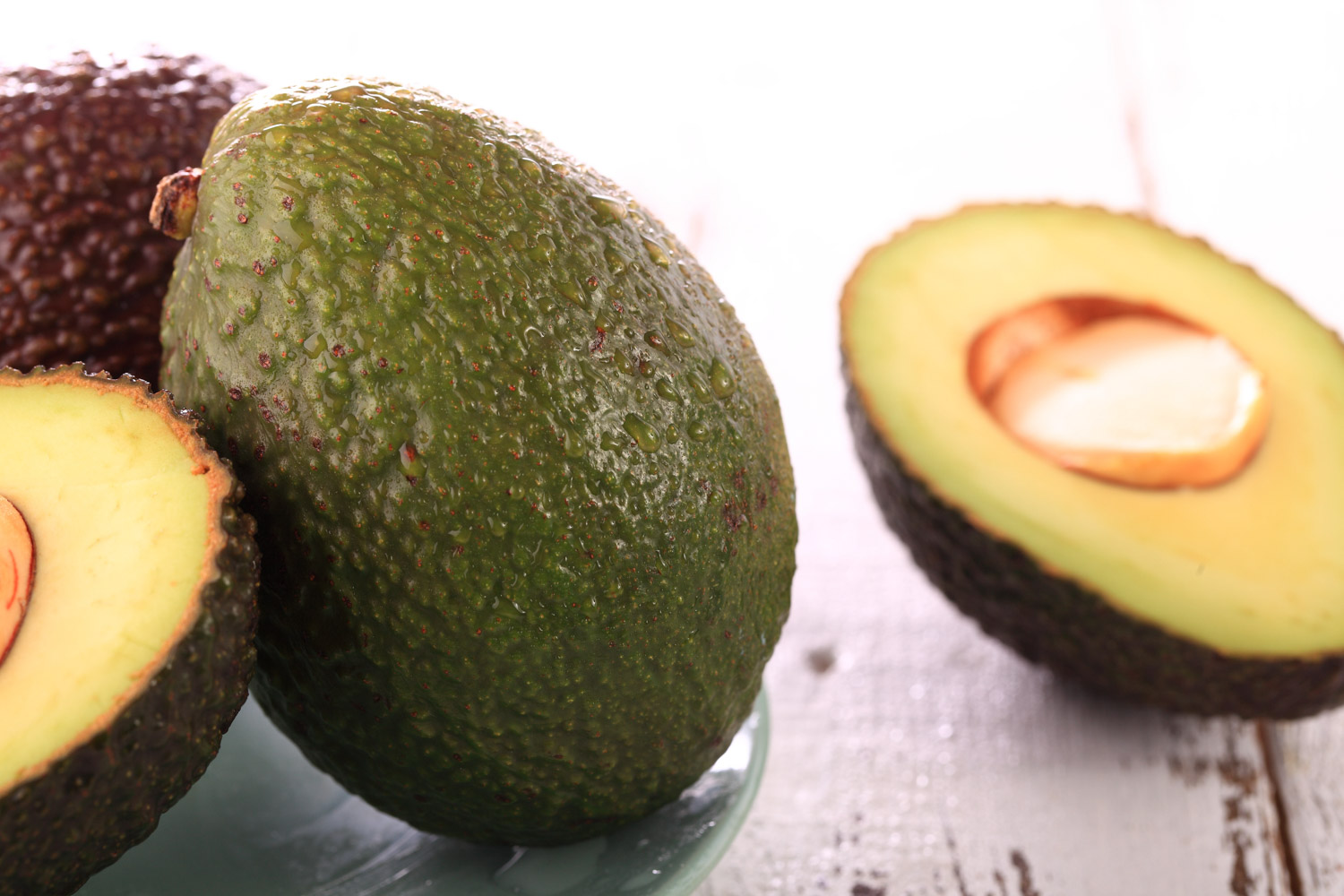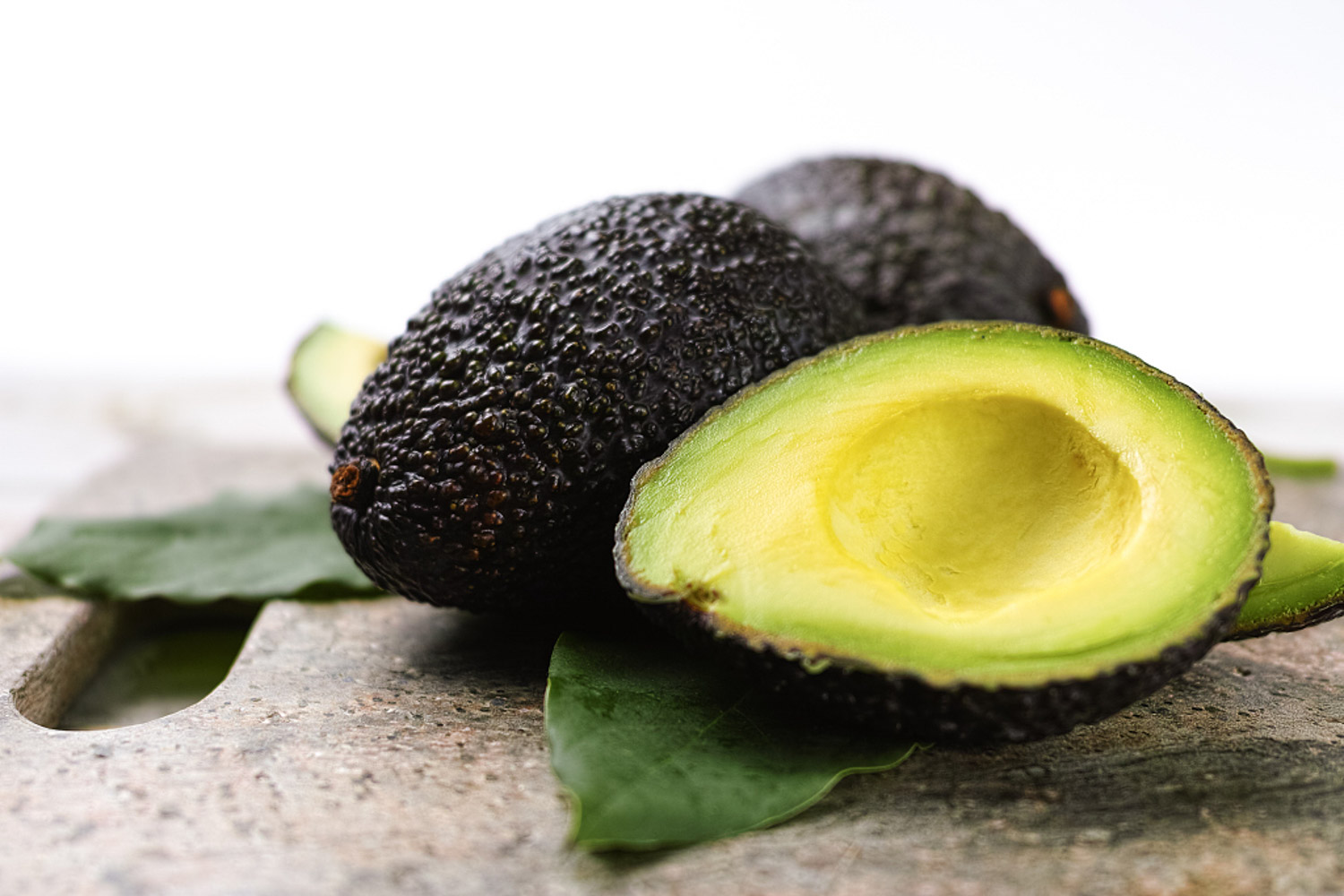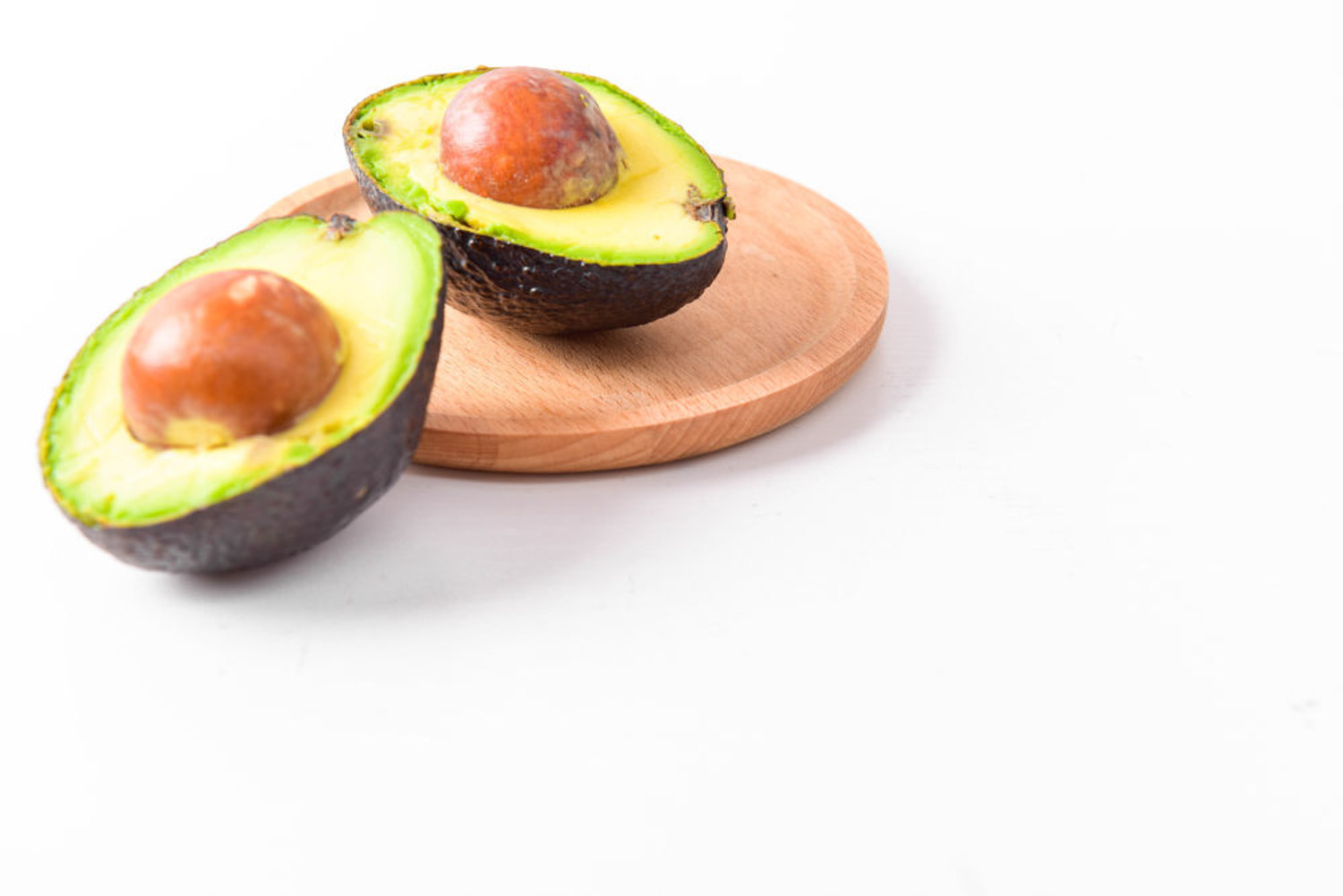1、 Rootstock selection
Avocado is a deciduous tree of avocado in Lauraceae. It is usually grafted with only this rootstock. There are three common strains of this plant: Mexican, West Indian and Guatemalan. Among them, the cold resistance of Mexican system is slightly stronger, and the other two are weaker. Therefore, Mexican system is often used as rootstock and the other two are used as scions. Generally, when the plant grows to 50 cm high and the thickness of the stem reaches 0.8, it can be used as rootstock

2、 Grafting method
1. Budding: the operation mode of budding is relatively complex. Choose an annual branch with axillary buds. The fullness of axillary buds determines its growth. Cut a knife at 0.5cm below the bud and at 0.5cm on the left and right sides. Cut the bark with bud from above, remove the xylem and make it into a shield shape. Cut a t-cut on the rootstock, pick it out, insert the scion into it, and tie it with plastic tape

2. The degree of scion is generally smaller than that of rootstock cutting. Cut the bottom of the branch into a wedge, split the rootstock from the middle, and insert the bottom of the scion on it. Bind it with plastic tape and wrap it outside to avoid moisture entering the joint, causing its infection and affecting its survival
3. Butting: butting is similar to splitting, but the treatment of scion and rootstock is different. The bottom of the scion needs to be cut into an inclined plane. The rootstock opens from one side and cuts the bark to expose the xylem. Attach the bottom of the scion to the xylem of the rootstock, and then bind them


 how many times do yo...
how many times do yo... how many planted tre...
how many planted tre... how many pine trees ...
how many pine trees ... how many pecan trees...
how many pecan trees... how many plants comp...
how many plants comp... how many plants can ...
how many plants can ... how many plants and ...
how many plants and ... how many pepper plan...
how many pepper plan...






























